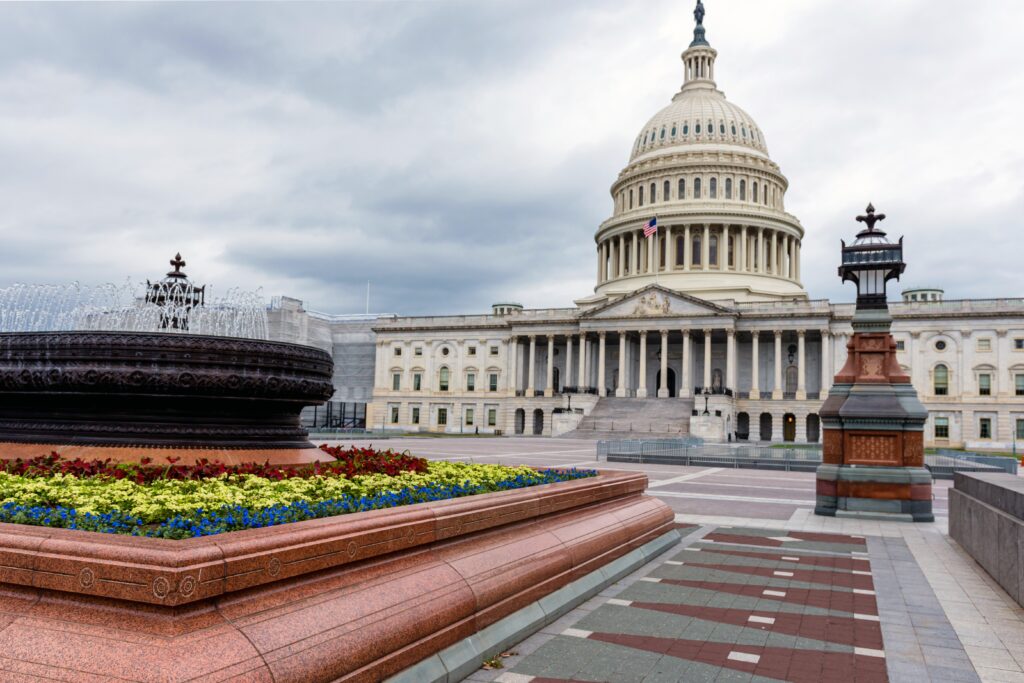If implemented, physician supervision will have come almost full circle.
The Centers for Medicare & Medicaid Services (CMS) has almost come full circle on the issue of therapeutic hospital outpatient physician supervision requirements. With the issuance of the OPPS/APC (Outpatient Prospective Payment System/Ambulatory Payment Classification) Federal Register on July 29, CMS is proposing that the default supervision level be that of general supervision, with exceptional cases requiring direct supervision.
This is exactly the opposite of what CMS has been discussing for at least the past 10 years. Currently, the directives are that all therapeutic hospital outpatient services require direct physician supervision unless otherwise exempted from the supervision requirements. The HOP (Hospital Outpatient Panel) has periodically issued a list of those services that require only general supervision, or in rare cases, those services that require personal supervision.
Our journey starts with the April 7, 2000, Federal Register, or the beginning of APCs and the codification of provider-based status. In that Federal Register, the question of physician supervision was raised, and CMS (then HCFA, or the Health Care Financing Administration) responded by indicating that direct physician supervision was required only for off-campus, provider-based clinics. Otherwise, general physician supervision was required for outpatient therapeutic services. The basic idea seemed to be that on the campus of the hospital, there would be physicians available that could provide assistance if there were problems in providing services. Here is the actual language:
“We emphasize that our proposed amendment of § 410.27 to require direct supervision of hospital services furnished incident to a physician service to outpatients applies to services furnished at an entity that is located off the campus of a hospital that we designate as having provider-based status as a department of a hospital in accordance with the provisions of § 413.65. Our proposed amendment of § 410.27 to require the direct supervision of hospital services furnished incident to a physician service to outpatients does not apply to services furnished in a department of a hospital that is located on the campus of that hospital.”
In about 2008, CMS started raising questions as to whether this answer was appropriate. During a five-year period, CMS discussed and modified the language surrounding physician supervision. For instance, for OPPS in 2011, we have:
“The definition of direct supervision will be revised simply to require immediate availability, meaning physically present, interruptible, and able to furnish assistance and direction throughout the performance of the procedure but without reference to any particular physical boundary. Since the new definition will now apply equally in the hospital or on-campus or off-campus PBDs, we are removing paragraphs (a)(1)(iv)(A) and (B) of §410.27 altogether. The new definition of direct supervision under §410.27(a)(1)(iv) will now state, “For services furnished in the hospital or CAH or in an outpatient department of the hospital or CAH, both on- and off-campus, as defined in section 413.65 of this subchapter, ‘direct supervision’ means that the physician or nonphysician practitioner must be immediately available to furnish assistance and direction throughout the performance of the procedure. It does not mean that the physician or nonphysician practitioner must be present in the room when the procedure is performed.”
Note that this language was a change from 2010, in which the supervising physician was required to be on the campus. Also, starting in 2010, non-physician practitioners were allowed to act in place of physicians for meeting the supervision requirements.
Note that in the above quote that CAHs (Critical Access Hospitals) and rural hospitals with 100 or fewer beds were not exempted from the supervisory requirements. Over the years, CMS decided not to enforce the supervision requirements for CAHs and small rural hospitals. This non-enforcement continues today. The main reason for non-enforcement was that staff at these small, generally rural hospitals could not always accommodate these supervisory requirements.
In the 2020 OPPS proposed Federal Register, CMS is recognizing this two-tiered situation with one set of rules for hospitals in general and then non-enforced rules for CAHs and small rural hospitals. CMS’s proposal is to have general supervision for all outpatient therapeutic services for all hospitals, with certain exceptional services that might require direct or even personal supervision. This change is enunciated in Section X.A., “therefore, we are proposing to change the generally applicable minimum required level of supervision for hospital outpatient therapeutic services from direct supervision to general supervision for services furnished by all hospitals and CAHs.”
Presuming that CMS does implement this change, our journey is basically complete, and we have come almost full circle relative to this whole issue. Interestingly enough, only general supervision will be required at off-campus provider-based clinics, which is even a change from the directive given in 2000. This change should reduce any compliance concerns relative to proper physician supervision of ancillary personnel for hospital outpatient therapeutic services.
Note that this does not change the required supervision by a physician, not mid-level practitioners, for pulmonary rehabilitation, cardiac rehabilitation, and intensive cardiac rehabilitation services.
There is also terminology that must be fully understood, including slight differences in context between physician supervision for hospital outpatient services and physician supervision in clinics where a physician or non-physician practitioner is billing on an incident-to basis.
For outpatient services at hospitals, there are two types of services in question, namely therapeutic and diagnostic. The discussion above addresses therapeutic services. Diagnostic supervision requirements are addressed through the RBRVS (Resource-Based Relative Value Scale). Such requirements generally apply to certain radiological tests, and there is an indicator in RBRVS that states the necessary supervisory level.
There are three different supervisory levels:
- General Supervision – The procedure is furnished under a physician’s overall direct control, but the physician is not required to be present during the performance of the procedure. Generally, the physician is contactable if there are problems.
- Direct Supervision – The physician must be immediately available to furnish assistance and direction throughout the procedure. The physician need not be in the room where the procedure is performed.
- Personal Supervision – The physician is in the room and able to provide direction and assistance during the performance of a procedure.
Physician supervision is a compliance issue that has changed over time. All hospital personnel along with physicians should be fully aware of what CMS has changed in this area. While there may not be any operational changes, per se, compliance personnel can be better prepared to meet the supervisory requirements in this area with a full understanding of the terminology and specific requirements.






















